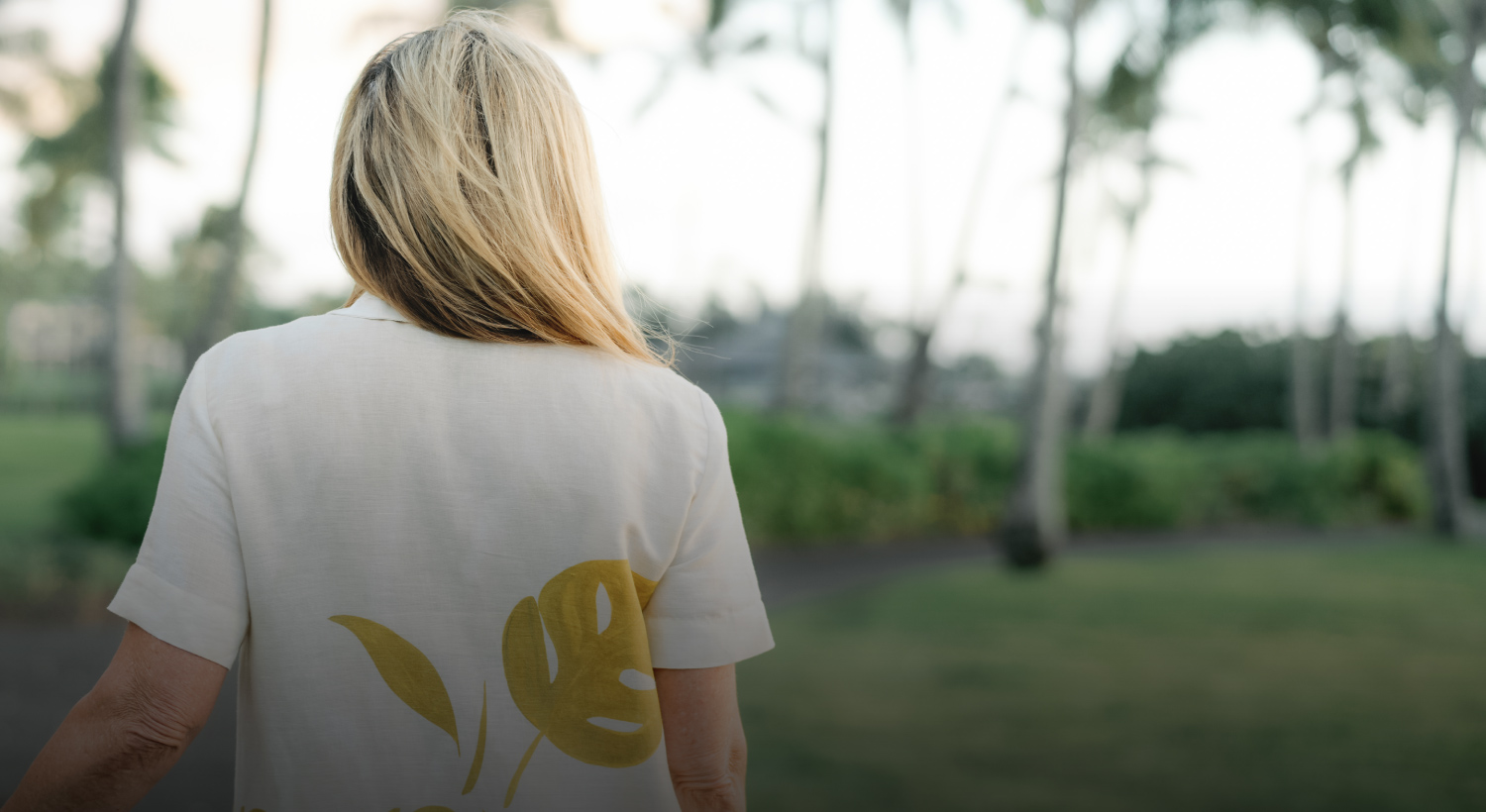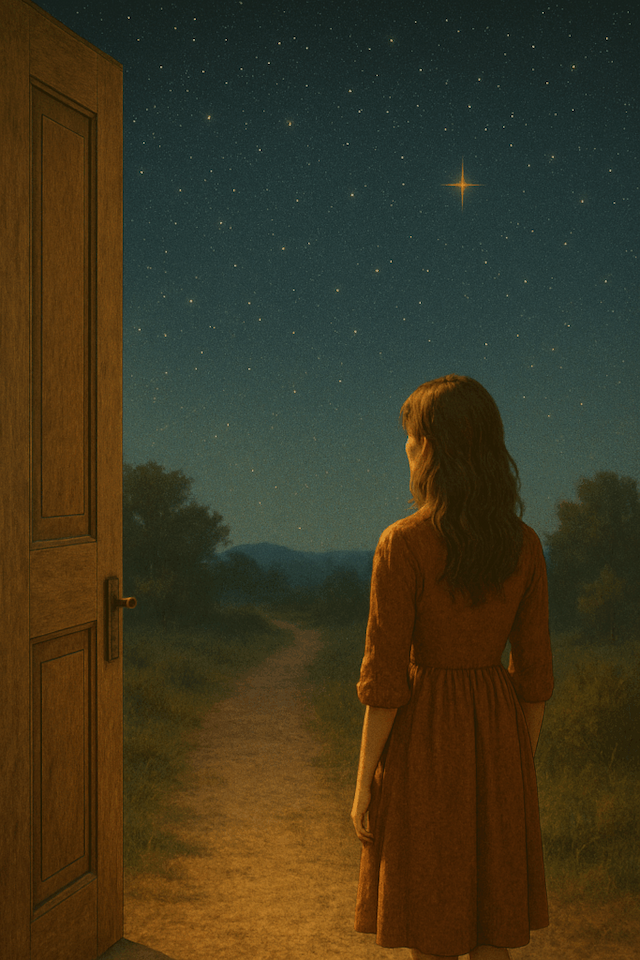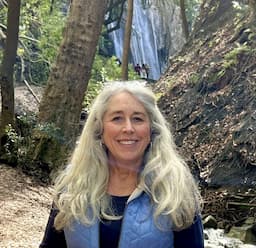These 5 Under Used Camera Settings are Game Changers -
These 5 Under Used Camera Settings are Game Changers. These are settings you aren’t using but should be to advance. Read More…
These 5 Under Used Camera Settings are Game Changers
Professional cameras can look like something designed by the NSA, but they really aren’t as complicated as first impressions might lead us to believe. With basic knowledge of camera settings and the exposure triangle, you can begin to figure out what most of the functions do and begin experimenting with your camera to push your knowledge and abilities to the max. But with a little help from professional photographers, you can cut time and start using some of the seriously underrated features right out of the gate.
From my experience, there were five features that I didn’t use as a beginner that are now part of my daily arsenal. With all the features available on cameras today, there are dozens of options that help push photography to new limits, but here we are looking at the five that will change the way you look at any photoshoot from here on out!
Auto-focus Eye Detection for Portraits

This one is more on the obvious side, but it is massively under-utilized by photographers not taking portraits day in and day out. The world of photography is obsessed with using the highest apertures possible, so when you are breaking out that f1.2 lens but using a broad area of auto-focus, your eyes aren’t getting the focal attention they deserve. If you really want that portrait to pop, and are determined to make use of that extra money you spent on a wide aperture lens, use eye detection to get sharp clarity on the windows to the soul.
How to do it: Enter your camera’s quick menu and select your Auto-focus method. There should be several options to choose from including spot focus, 1-point focus, expand AF area, etc. On a Canon you want to choose the far left option, “Tracking.” Some will actually call it eye detection or you may have to select another button to turn on eye detection. Now your super smart digital camera will look for faces and eyes to focus on, making sure you aren’t focusing on the nose and losing clarity in the eyes. Simple right? Remember to use the appropriate aperture when doing couple and group shots. That super wide f1.2 just doesn’t work in every situation!
Auto-focus Magnification

I rarely see anyone but professional portrait photographers using this one and it is really a handy little tool! Once you focus on your subject (doesn’t work on every camera in eye detection mode so you may have to change to spot focus), there should be a little magnifying glass icon that appears on your screen. You can actually use it to zoom in on your subject to ensure it is clear and sharp on the areas most important to you.
When using this feature, I will hit my magnification button (typically leaving on 5x zoom but use 10x when applicable) and then switch to manual focus to fine tune the sharpness. It’s hard to use this feature on street or candid photography, but when you are doing portraits, landscapes, architecture, etc. where your subject isn’t moving much and you will take several pictures at the same distance… this is a fantastic feature and will let you have confidence in clarity of your images taken.
You can also use this feature after the fact to make sure your pictures are coming out clear and sharp so you don’t make the same mistakes all day and return home only to find every picture is slightly off focus.
ND Filters
Not really a stock feature on your camera, but it is an easy option to use. How often have you been in a location and just couldn’t get anything from the heavy reflections and bright sunlight? ND filters are like looking through your camera with sunglasses and many higher end options can be stacked, meaning, you can use multiple ND filters or even add a polarized filter to help with glare while also darkening the image. ND filters take some practice but they can be an absolute necessity when shooting outside the golden hours.
Servo Mode

Servo Mode is for moving subjects, great for sports photography and candid shots where the focal distance is continually changing. I have found that servo mode does require a higher level of exposure to really focus quickly and continuously, but in the right settings, using this mode can be a game changer (sports pun there).
So if you are in servo mode and your camera feels “laggy,” try brightening up your subject to quicken the time it takes to focus. Remember it will continue to focus when half-pressing the shutter button. Drains the battery a little faster but well worth the action shots you get from it!
Full Aspect Ratio

Some photographers just swear by taking pictures in anything other than Full Ratio. Why? Are you afraid to crop your images? I get it, you are doing a series of 8x10s and want to ensure that each landscape is taken perfectly to fit your format, so you go in and change that setting and what happens? You end up having to crop anyway because you were using a wide angle and have distortion on your edges, or that light glare ends up killing the top of your image.
Most photo editing software allows you to crop to an aspect ratio in post processing, and I understand there are always reasons, but none of them really add up when you have a wasted image that could have been simply cropped out if you took it in Full. Worry about your Instagram or Facebook ratios later, take the picture. You never know how much better a picture will turn out slightly left or right of what you were shooting. Get the most out of your time shooting and crop it later.
Bonus– Camera Settings
That comes to the greatest advice I could ever give any photographer. STOP SHOOTING IN JPEG. If you want images straight out of the camera, I guess that is your priority, but almost every image can be made slightly better with some minor editing. Wonder why every time you add a little saturation to your sky it starts pixel-“izing” and looks like a copy of a copy of a copy?
RAW format retains all the information of that image. So store your RAWs before editing and you can always save your final edits in JPEG, but have the option to go back years later and re-edit a picture that could be a game changing image once you have built the editing skills. Just recently I learned this lesson the hard way from the recent Lightroom updates.
Now, instead of using a brush to edit around subjects I can simply select the subject or background and edit individually… would be nice to go back to a few of my RAW files and try re-editing with this new technology! You never know how your skills or technology will change, so shoot and save in RAW. Data is too cheap. Not sure how to save all that stuff? Get an Amazon prime membership (use this link for a free 30 day trial, no sign up required). They offer unlimited cloud space for pictures including RAW files. That my friend, is a deal for a photographer!
To put it in perspective, I save all my RAW files (after I delete the blurred pictures, etc.) and have nearly a Terabit saved on Amazon Photos. So the cloud storage alone pays for my yearly membership, not to mention all the other benefits you get.
That’s A Wrap on Camera Settings
Please feel free to ask or follow up on any of the topics I have discussed. I am always happy to help! Have a topic you really want to see? Send me an email at frederjn@gmail.com or comment below and I will incorporate your suggestion in a new blog. As a community, we photographers should be helping each other succeed, there are plenty of pictures for us all to take.

Jon is a photographer and author for Seven11 Photography. He specializes in conceptual fine art, Christian inspiration writing and teaching others to further their skills in photography.
View all posts by Jon Frederick






